Big challenge
After 9 months, Vietnam welcomed more than 15.6 million international visitors, an increase of more than 21% over the same period. Thus, the tourism industry still needs nearly 10 million visitors in the last 3 months of the year to complete the set plan.
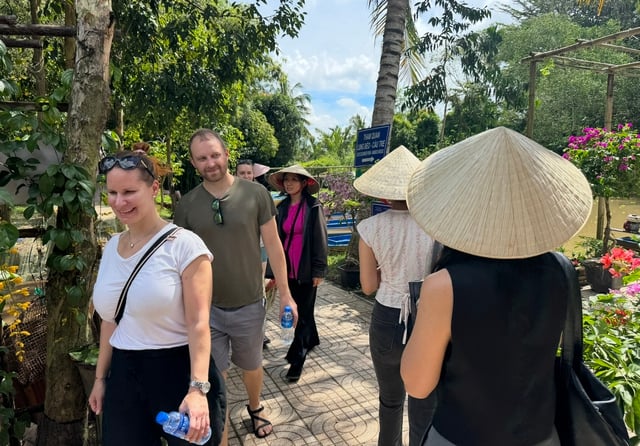
Foreign tourists are excited to experience tourism in the West
Photo: Le Nam
According to the General Statistics Office, China and South Korea are still the two largest markets, accounting for nearly half of the total number of international visitors to Vietnam. In addition, fast-growing markets include Japan, the US, Thailand and Australia. Many destinations such as Ho Chi Minh City, Da Nang , Khanh Hoa, Quang Ninh, and Phu Quoc are accelerating their promotion and promoting policies to expand international flights.
Experts say that although the peak season at the end of the year (from October to December) will see a sharp increase in the number of visitors thanks to a series of festival events, reaching the 25 million visitor milestone is still a big challenge.
Dr. Pham Huong Trang, lecturer in tourism and hotel management at RMIT University, said that with more than 15.6 million international visitors in the past 9 months, the target of 25 million this year is a big challenge. Because to reach this number, Vietnam must welcome nearly 10 million more visitors in just the last 3 months of the year, equivalent to a 64% increase compared to the first 9 months, an unprecedented increase.
"Although the fourth quarter is usually the peak tourist season thanks to favorable weather and Northeast Asian visitors avoiding the cold, in the best years before the Covid-19 pandemic, this period only accounted for 30-35% of the total number of visitors for the year, not nearly 40% as required now," Ms. Trang analyzed.
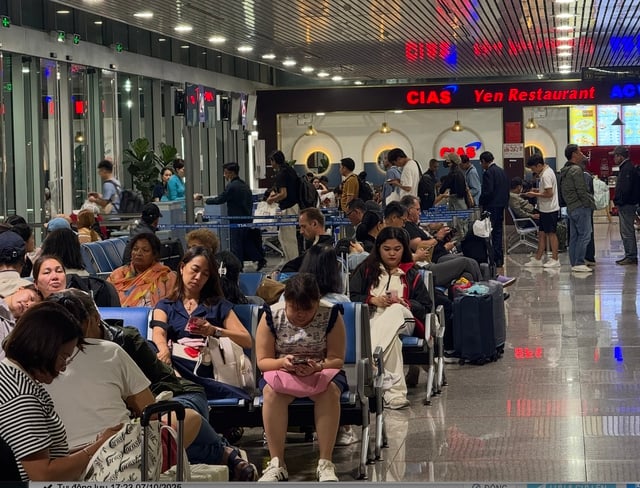
Tan Son Nhat airport international terminal is crowded with passengers
Photo: Le Nam
Not only that, external factors are still not favorable such as the global economy is still unstable, the number of Chinese tourists is recovering slowly, while the competition with other destinations in Southeast Asia such as Thailand or Singapore is increasingly fierce. However, Dr. Pham Huong Trang also believes that this goal is not impossible.
"If there is a breakthrough marketing strategy and policy, Vietnam can still get close to the 25 million mark, but the more realistic scenario is probably around 20 - 22 million international visitors. And if it reaches 22 - 23 million international visitors, Vietnam's tourism will still grow by nearly 40% compared to 2024, which is already a very impressive number," Ms. Trang analyzed. Therefore, according to this expert, instead of just looking at the number of visitors, it is necessary to evaluate the quality of growth, including average spending, length of stay, return rate and tourist satisfaction. Because a destination that welcomes 20 million visitors but brings high spending and good experiences will be much more sustainable than 25 million visitors but with overloaded infrastructure and degraded services.
Quality is more important than quantity
Mr. Nguyen Van My, a tourism expert and representative of Lua Viet Tours Company, also frankly said that the target of 25 million international visitors in 2025 is a huge challenge. "In fact, the number of visitors is just one thing, revenue and profit are the factors that determine sustainability. Many businesses are having to "scratch prices" down to attract customers, so how much profit is left? If 10 million international visitors can be reached in 10 months, it is already very good. Last year, Japan increased sharply by 47% because they implemented many promotional and advertising programs, while in Vietnam, the visa exemption policy needs time to be effective," Mr. My said.
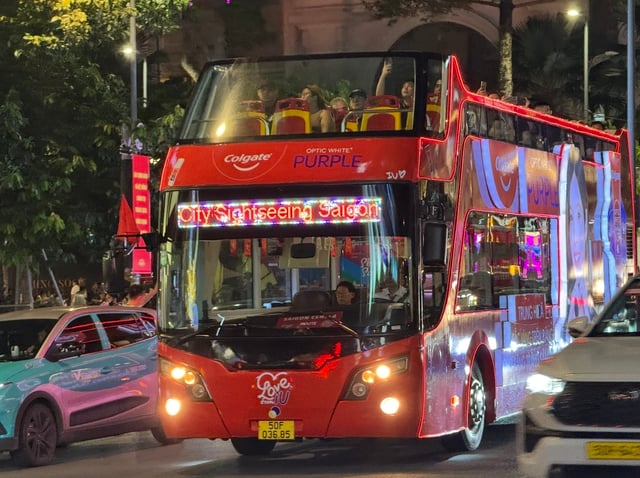
Double-decker buses carrying tourists to visit bustling Ho Chi Minh City every night
Photo: Le Nam
A tourism expert also agrees that it is necessary to set goals related to quality and stable market share of visitors, instead of chasing quantity. "We set goals to strive for, but if we do not achieve them, we should not consider them failures. The problem is what is the basis for coming up with the figure of 25 million when there are not many specific action programs? More importantly, are international visitors satisfied, do they come back or not, and how much actual revenue is achieved. In the structure of visitors, if there is an increase, we must see which market brings sustainable value," he commented.
This expert added that cruise tourists are one of the most potential markets today. However, the country currently has only a few ports that can accommodate large ships such as Thi Vai or Hiep Phuoc, the rest are not deep enough. In addition, if Vietnam can take advantage of the source of sailors, this will be a very valuable market. A ship can carry 2,000 passengers, along with nearly 800 sailors. If policies are more flexible, the tourism industry will gain the opportunity to provide accommodation and food services for this group, and this will be a very significant source of additional revenue.
Mr. Nguyen Minh Man, Deputy General Director of VinaGroup Tourism Company, suggested that the target of 25 million international visitors in 2025 should be viewed realistically and in accordance with the development orientation of each locality.
"For example, Ho Chi Minh City - the leading locality of the country - is currently focusing on developing products and services aimed at the high-end customer segment. Once this direction is chosen, the number of customers will hardly increase dramatically. If mass-produced products are sold in a "market" style, there will be many customers, but when aiming for high quality, the number of customers will be less, which is understandable," Mr. Man analyzed and concluded that the important thing is not to "chase" after numbers, but to determine a sustainable development strategy.
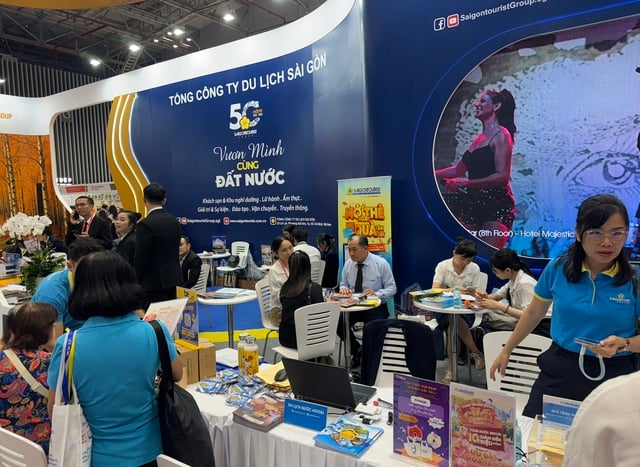
Ho Chi Minh City aims to build unique, high-quality tourism products
Photo: Le Nam
Sharing the same view on sustainability, MSc. Ha Quach (Vincent), lecturer in tourism and hotel management at RMIT University, emphasized that success should not be judged solely by the total number of visitors, but rather by two key indicators: average length of stay and average spending per visitor. For example, European visitors often stay for a long time (8-20 days) and spend a lot, from 1,500-2,500 USD per trip. They prefer to experience culture, cuisine, nature and sustainable tourism..., factors in which Vietnam has a competitive advantage. Therefore, even if the number of visitors has not reached 25 million, attracting high-value visitors, staying long and spending a lot is still a significant success, helping to increase economic efficiency and destination image.
Mr. Ha Quach suggested that Vietnam should strongly develop the slowcation trend (slow travel) to target tourists who stay for a long time, deeply explore culture, cuisine, nature and sustainable resorts. "This group of tourists takes fewer trips but stays longer, spending more on valuable experiences such as wellness (health tourism), high-class cuisine or thematic tours. They are not looking for excitement, but for cultural depth and quality of service."
According to international statistics, 57% of global tourists are concerned about the impact on the environment and the community; and accommodation accounts for up to 1/3 of European visitors' spending. Therefore, improving the quality of accommodation facilities, diversifying products and services and ensuring sustainability are strategic priorities.
Vietnam has many advantages such as the image of a safe and friendly destination with unique cuisine, rich landscapes and diverse culture. If combined with strong international communication, flexible visa policies, convenient air connections and high quality services, Vietnam tourism can completely expand its scale and increase its value.
On the other hand, Resolution 229/NQ-CP issued on August 8, 2025, allowing visa exemption for citizens of 12 European countries such as the Netherlands, Poland, Switzerland, etc., needs more time to "absorb". At that time, the number of high-spending international visitors to Vietnam will also increase more strongly.
The tourism industry should not focus on short-term stimulus programs or promotions, but rather invest in product quality and real experiences. Because in a few short months, it is difficult to reach tens of millions of additional visitors without a solid product foundation.
Mr. Nguyen Minh Man, Deputy General Director of VinaGroup Tourism Company
Source: https://thanhnien.vn/du-lich-can-lam-gi-de-can-dich-25-trieu-luot-khach-quoc-te-1852510072145321.htm




![[Photo] Parade to celebrate the 50th anniversary of Laos' National Day](/_next/image?url=https%3A%2F%2Fvphoto.vietnam.vn%2Fthumb%2F1200x675%2Fvietnam%2Fresource%2FIMAGE%2F2025%2F12%2F02%2F1764691918289_ndo_br_0-jpg.webp&w=3840&q=75)








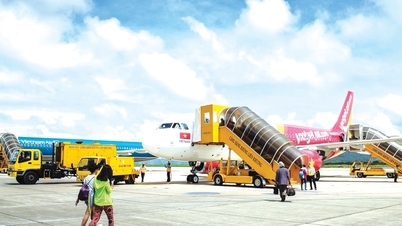






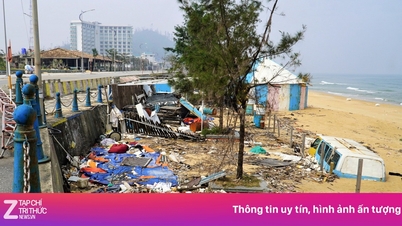
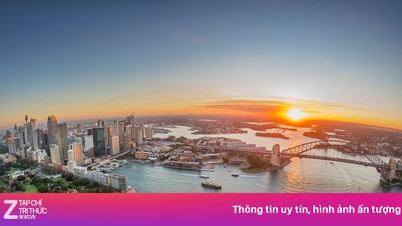









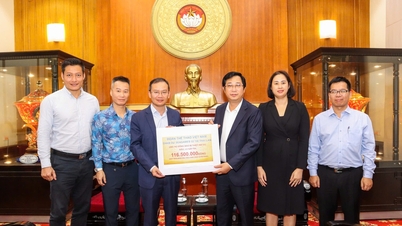
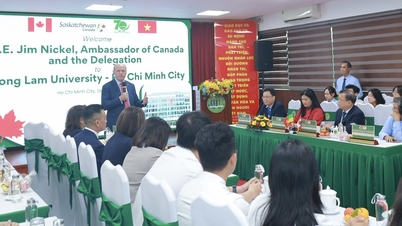
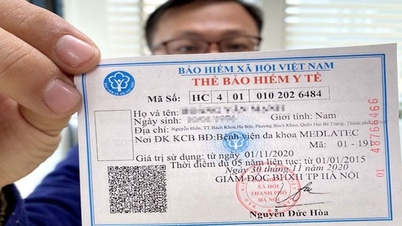

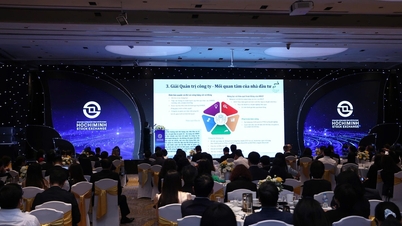
![[Photo] Worshiping the Tuyet Son statue - a nearly 400-year-old treasure at Keo Pagoda](/_next/image?url=https%3A%2F%2Fvphoto.vietnam.vn%2Fthumb%2F1200x675%2Fvietnam%2Fresource%2FIMAGE%2F2025%2F12%2F02%2F1764679323086_ndo_br_tempimageomw0hi-4884-jpg.webp&w=3840&q=75)




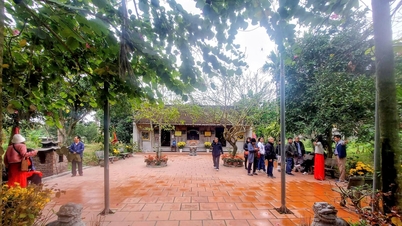













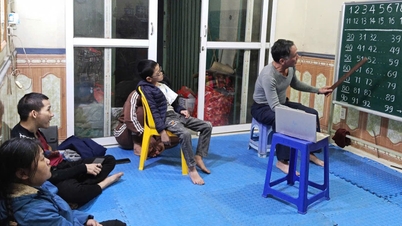


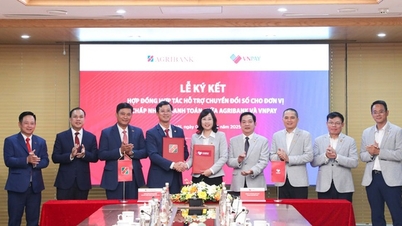



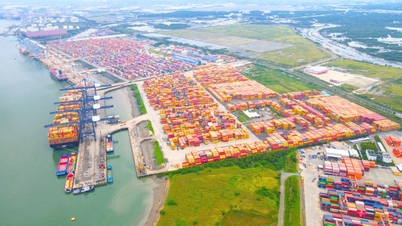














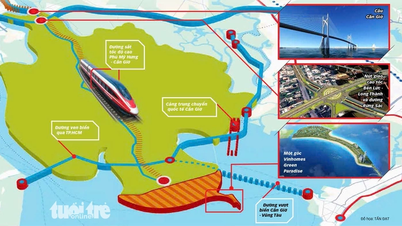


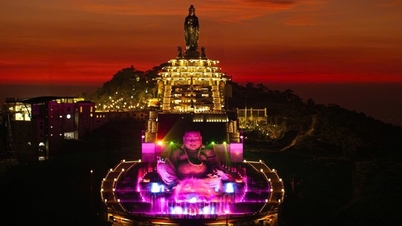



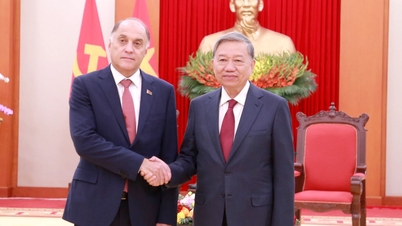

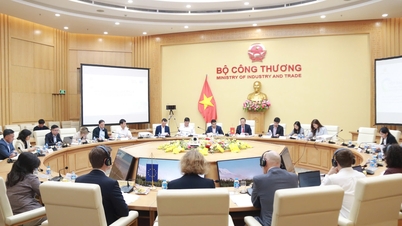
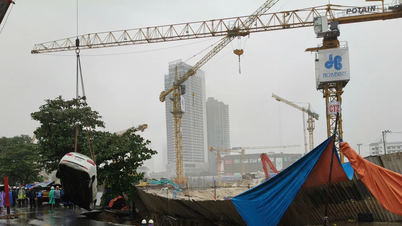

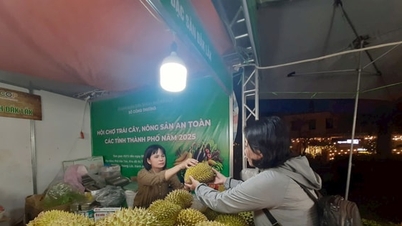




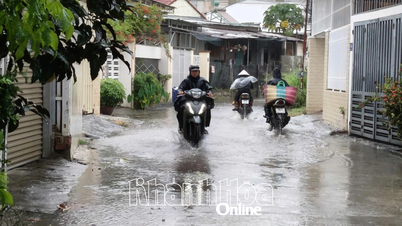












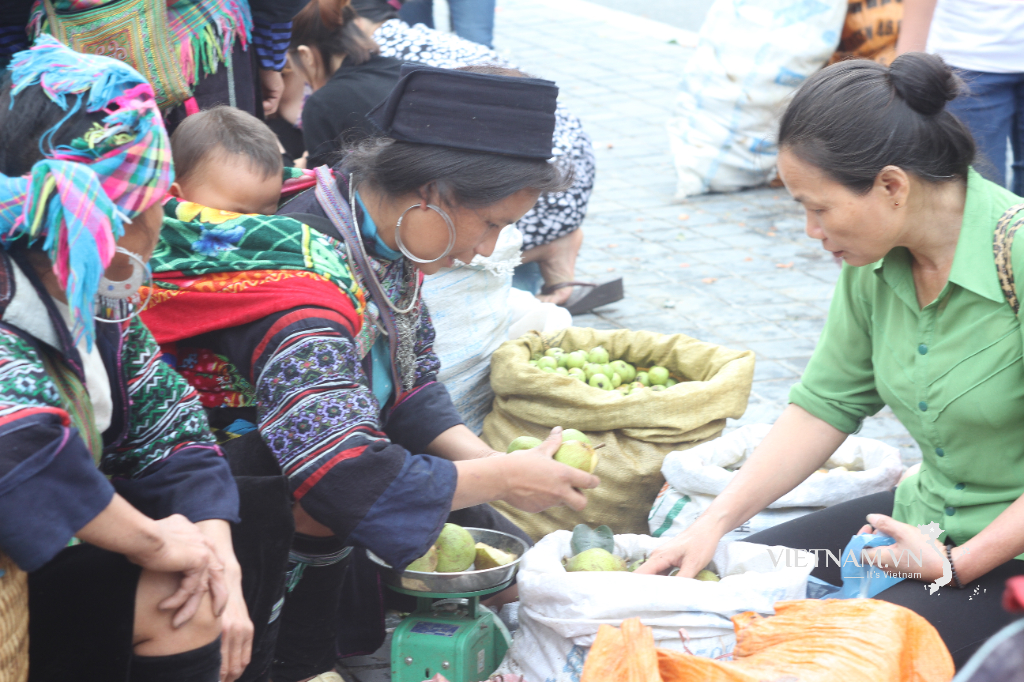

Comment (0)